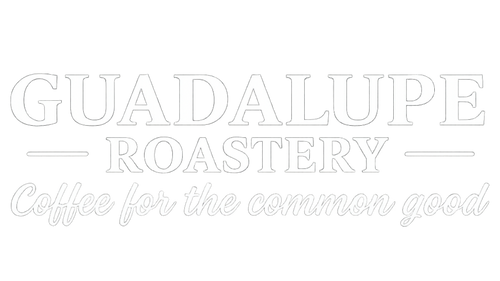Some things about coffee are a matter of preference, but some others are absolute truths. Coffee beans are routinely examined and graded. Sometimes they may pass and sometimes they don’t. If they don’t, the beans are sold for a lower price. This exam is taken quite seriously. So seriously, that the test is not done in regular kitchens where different factors can affect and corrupt the coffee. Instead, the test is conducted in a lab; specifically, these labs tend to be called coffee labs and they are up for hire. Anyone can submit beans to be tested and graded, and particular farms have their own grade. For example, a family owned farm in Colombia has a quality standard with different metrics than a similar farm located in Uganda, as the test takes into account the soil and harvesting methods of each region.
In order to examine the beans, the taster will gather a sample of the harvest and analyze the visuals. Coffee beans have to meet certain measurements: size, color, levels of moisture, and maintain a particular smell or as it is referred to in the industry, a specific aroma. If the beans pass this test, the taster will take a sample to roast and brew.
While roasting and grinding, the aroma of the beans changes. The change is graded by the taster. If the smell is too bitter or sour, the beans won’t pass the test. Coffee labs determine the quality metrics for the farm, but the coffee is not transported to the lab for every harvest. Once the grading is established, it is recommended for the test to be conducted outside, where there are less factors that may disturb the aroma and avoid contamination in the grinder. Everything has to be VERY clean, as a dirty grinder will have the taster trying old beans, and trust me, the taster will notice…
For the brewing process, the taster doesn’t get to brew at his own preference; instead, he or she must steep the grinded and roasted beans in boiling water and let it sit for four minutes. Nothing more nor less, as the aroma and temperature of the coffee changes after four minutes, making it “old coffee” or “over brewed.”
Beans that don’t pass this test are usually sold for cheaper and they often end up in an over sweetened frappuccino, or any sort of drink where the taste of coffee is a secondary or tertiary flavor. But the good quality beans will be used for espresso, pour overs, and your regular hot or cold brew. This is important, because when you pay that extra buck, you are rewarding the care and responsibility of the farmers over their harvest. You are also securing the preservation of the craft and traditions around coffee. Ultimately, it is all about making sure that the good beans never cease to exist.

